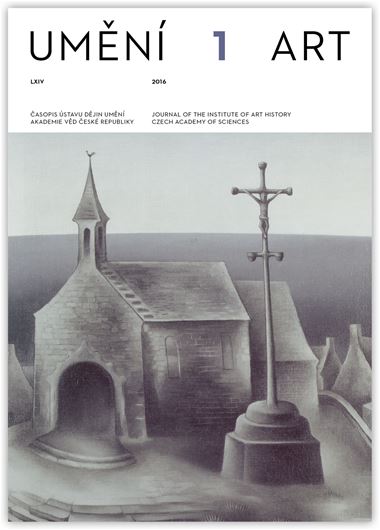Dragoş Gh. Năstăsoiu
Patterns of Devotion and Traces of Art. The Pilgrimage of Queen Elizabeth Piast to Marburg, Cologne, and Aachen in 1357
This article focuses on the pilgrimage to Marburg, Cologne, and Aachen that the Hungarian Dowager Queen Elizabeth Piast undertook in 1357 along with Charles IV of Luxemburg and his wife, Anna of Schweidnitz. During this joint Angevin-Luxemburg pilgrimage, Elizabeth Piast expressed her piety in Marburg at the sepulcher of her holy predecessor St Elizabeth of Hungary/Thuringia, venerated the relics of the Three Magi in Cologne, and worshipped the Passion and Marian memorials in Aachen, where Charlemagne’s tomb was located as well. The dynastic and political consequences of this pilgrimage were that Charles IV established (in 1362) an altar of St Wenceslas, and the Hungarian queen’s son, King Louis the Great, founded (prior to 1366) a chapel dedicated to his holy predecessors and his country’s patron saints: namely Sts Stephen, Emeric, and Ladislas. By examining a number of written records including chroniclers’ accounts, charters, and treasury inventories, and confronting them with the surviving visual evidence, the author reconstructs the early history of the Hungarian chapel in Aachen and establishes its manifold implications. First, the founding of a ‘national’ chapel in Aachen was an attempt at conferring to the cult of these regional (Hungarian) saints a new, global dimension. Second, the newly-acquired sacred prestige of the sancti reges Hungariae was further transferred upon King Louis the Great as the chapel’s founder and promoter of his holy predecessors’ cult. The heraldic symbols on the donated objects visually linked the donations to their donor, attesting not only to the magnificence of the Hungarian royal house in the second half of the fourteenth century, but also to the pious practices and the self-representation tools of a dynasty wherein the veneration of its holy predecessors played an important part. Finally, besides increasing the Angevins’ sacral and political prestige, the Hungarian chapel also functioned as a spiritual embassy for the Hungarian pilgrims who arrived in great numbers for the Aachen Heiligtumsfahrt.
Full-text in the Digital Library of the Czech Academy of Sciences:
https://kramerius.lib.cas.cz/uuid/uuid:1900a205-73b7-418b-86a9-4fcfffe84f75
< back

